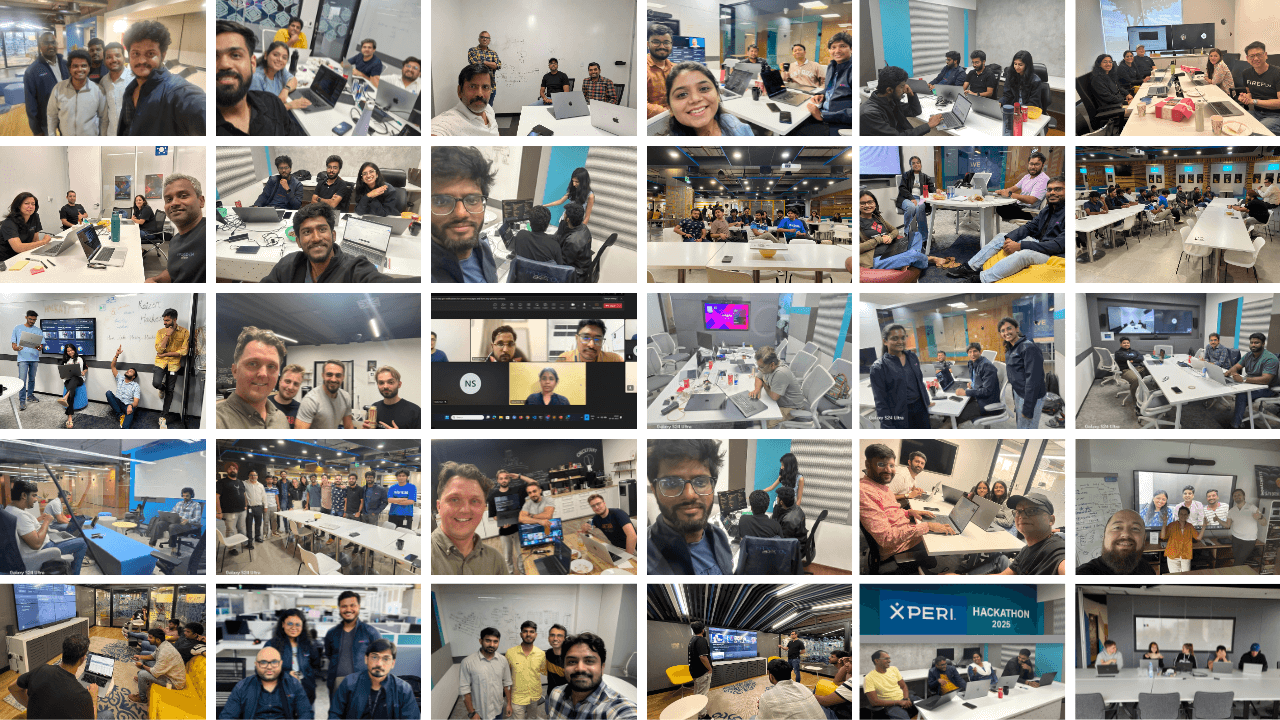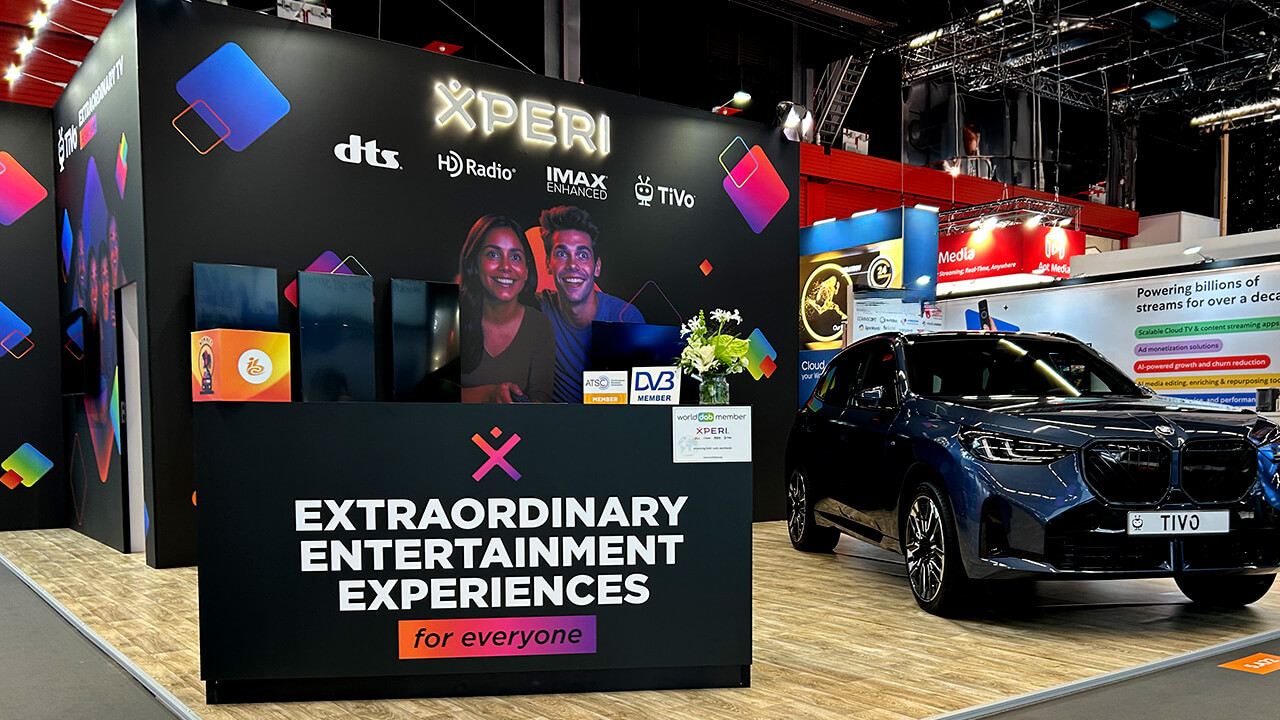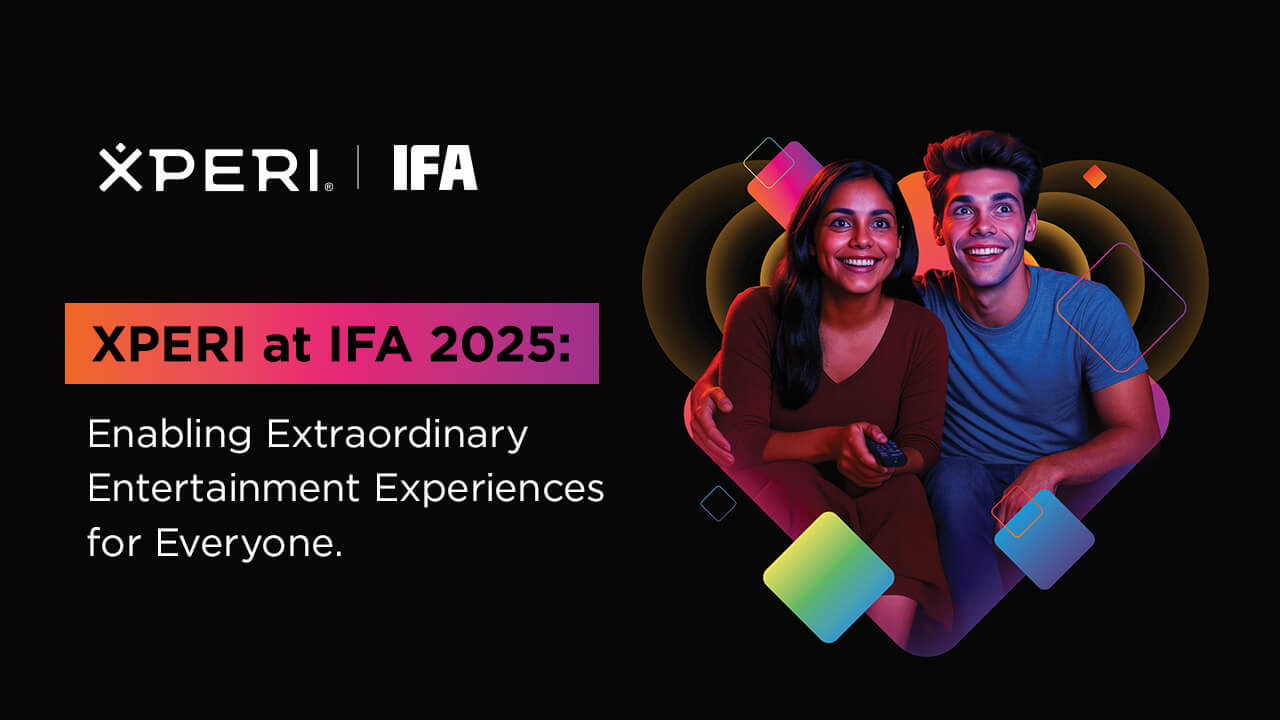Brand loyalty remains a pivotal topic across industries as the fight for consumers’ attention becomes more challenging. Within the connected entertainment ecosystem, I’ve long thought about the specific role brand loyalty — or affinity — plays in this space. What I’ve found is that historically it hinges on a brand’s solid foundation and compelling offerings. Arguably, Pixar and Disney have the strongest brand affinity because they provide a reason to believe — one centered around interesting, unique and creative content.
Within the connected entertainment sector, several content providers and streaming platforms are getting it right when it comes to building brand fans and affinity. They’ve cracked the code — giving consumers access to the content they want easily and effectively. What these providers are doing offers a roadmap for others in the industry to follow, especially where brand affinity is lacking.
Balancing brand loyalty and content desires
Branding can be a powerful tool within the streaming industry if it resonates with the audience’s desires and delivers a unique and trusted offering. As expected, several big players exemplify this approach — YouTube and Netflix, to name a few. Both platforms have captured the most viewing time according to Nielsen, albeit with different approaches on how they’ve done so.
YouTube, the platform, is a one-stop shop for watching content from anywhere and everywhere. Not only user-generated content but also from other streaming platforms and channels. If you want to watch “Saturday Night Live,” no need to tune in live on Saturday — you can watch the highlights on YouTube with fewer ads any day of the week and in bite-sized snippets. This has built a level of brand affinity for YouTube, letting consumers know that they can find anything they want on the platform.
Streaming platforms can find similar success by creating a consistently seamless experience every time a user opens the app. This will in turn create brand loyalty and reduce how often people switch apps. Netflix has done this by investing in high-volume, long-running shows, making the platform “sticky” and keeping viewers engaged. Users know that more often than not, Netflix will have their favorite nostalgic show or newest binge-watch. Underscoring that for streaming platforms, brand affinity is strong if a platform has robust content offerings.
And this isn’t just the case with big brands like Netflix and YouTube, micro-streamers like BritBox are also finding success here. Platforms or channels that focus on niche content build strong viewer loyalty by consistently delivering a strong content offering in that one area.
In addition, TV operating systems (OS) can help further the affinity of these platforms. OS providers work with streaming platforms to help deliver the right content to viewers at the right time. Giving viewers the ability to find and watch their favorite shows even faster, keeping them more loyal to the platforms that make discoverability easy.
Why TV OEMs should take a page out of content providers’ playbooks
The connected entertainment industry could benefit from adopting strategies used by streaming providers, particularly smart TV manufacturers. According to the TiVo Video Trends Report for North America (Q2 2024), the top reasons consumers purchase smart TVs are great image quality, low price and large screen size, followed by having major streaming apps pre-installed. These features, however, are difficult for manufacturers to differentiate since they are universally offered. As long as a TV meets these key criteria, the brand becomes less important to consumers.
Content plays a critical role in influencing consumer loyalty. What’s available on the TV and how easily it can be accessed through a personalized discovery experience are key factors in building brand affinity.
By prioritizing content discovery and selecting a TV OS — the core elements of smart TVs —manufacturers can enhance user experiences and drive brand loyalty. A seamless TV OEM branded content discovery experience allows users to easily find their favorite shows without effort, fosters satisfaction and encourages long-term loyalty. While consumers may not know who developed their TV’s OS or components, they will remember the branded user experience associated with their favorite content and, ultimately, the TV manufacturer that delivered it.
Learn more about our independent operating system here: TiVo OS.



